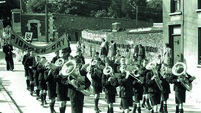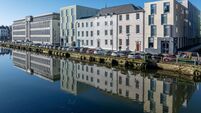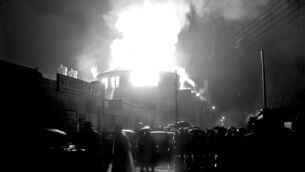Night the IRA tried to blow up Cork garda HQ
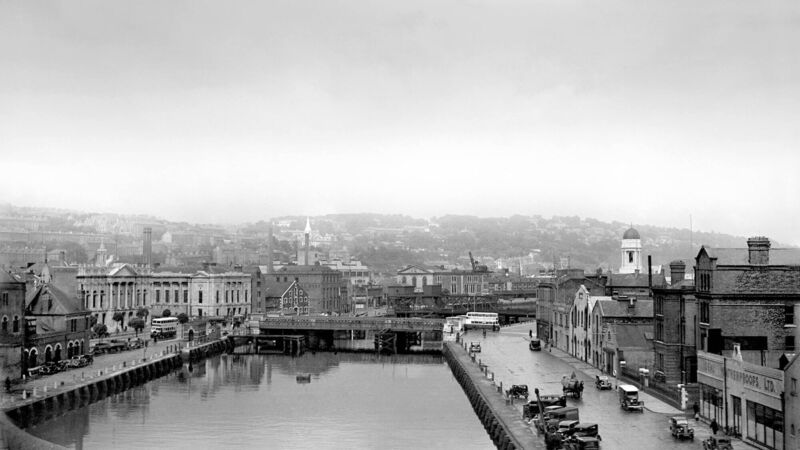
SCENE OF ATTACK: Union Quay police barracks - the building on the right with the railings outside - in January, 1937, four years before the bomb attempt. Patrons going to dances at nearby City Hall would tie their bicycles to its gates
IN January, 1941, with the continent on a war footing for 16 months, Ireland began to feel the pinch as vital supplies such as fuel began to dry up. Drastic measures were called for.

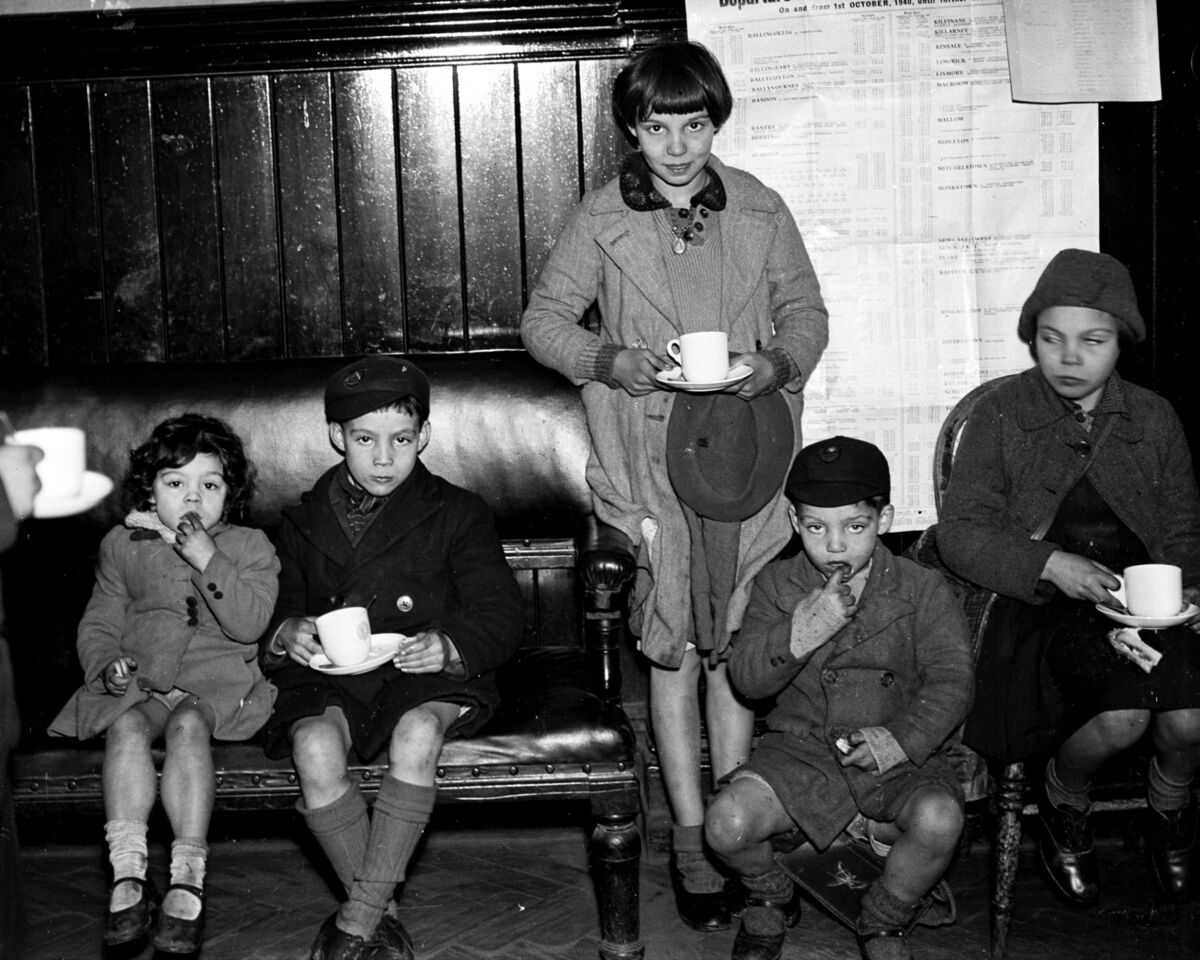
As he did so, the detonator exploded: luckily, the connection between the priming stick and the detonator had been severed. Driscoll’s quick-thinking had averted an explosion that could have blown up the barracks and even taken down the Model School behind it.
Taking no chances, he threw the bike, with its deadly cargo still attached, into the river.
******
Sgt Driscoll was born at Whiddy, Bantry, Co. Cork, on June 12, 1894, and worked in farming before joining An Garda Síochána on February 22, 1923.
Later that year, he became the first member to take over Knock Station, in Co. Mayo. He moved to Union Quay in 1934 from Galway Division. But the drama that night in Cork was not yet over.
Back at the station, Collins and his colleagues were frantically searching for a potential second IED which, within minutes, they had found, revealing the presence of the second saddlebag bomb. In this instance, the fuze had, after its initial ignition, failed.
Examined by experts later, the gelignite was found to be ‘sweating’, a process that, when the nitro-glycerine begins to leach out, makes it extremely unstable.
Nevertheless, quantities of gelignite in those proportions, if detonated, were deemed highly lethal and capable of devastating a large area.
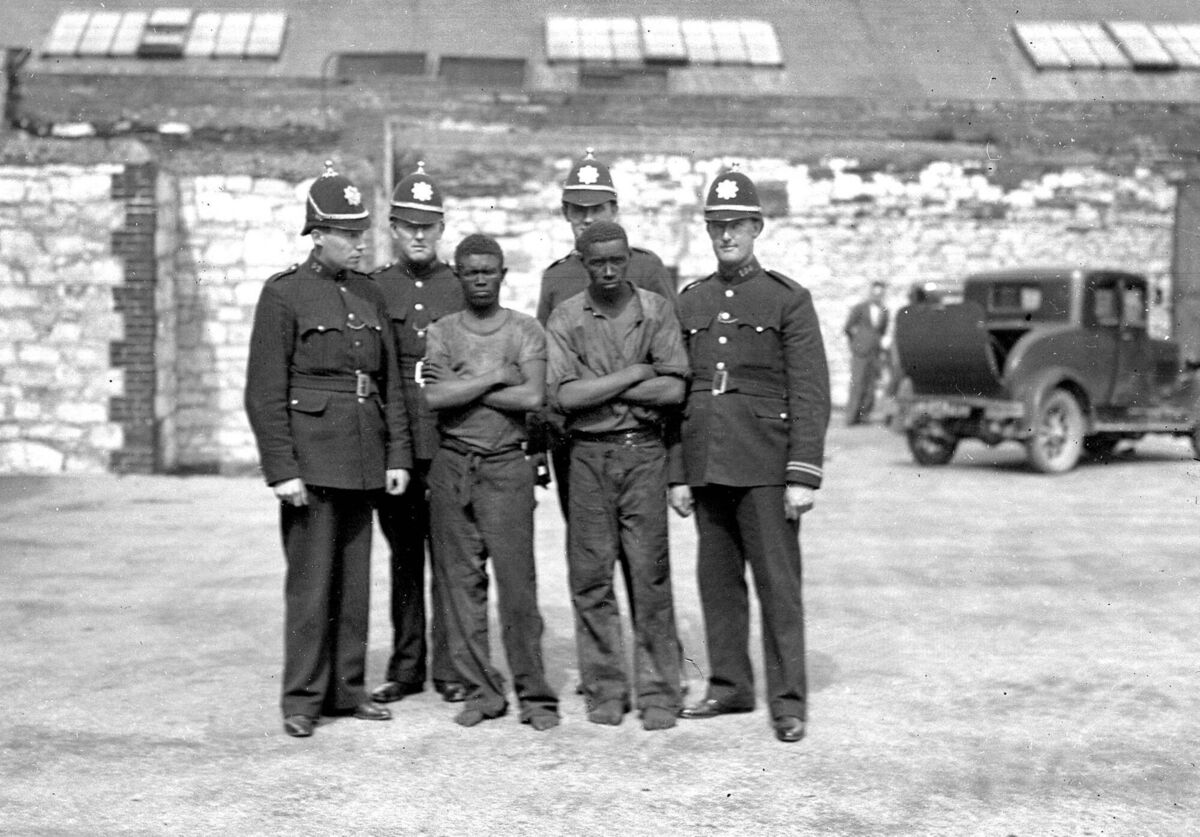
****** The following September, nine young Corkmen appeared before the Special Criminal Court in Dublin charged with ‘membership of an illegal organisation’ and seven were charged with placing “gelignite against Union Quay Garda Station with intent to damage the building”.
******
On November 2, 1942, Det Sgt Collins and Sgt Driscoll received bronze Scott Medals for their bravery, from Minister for Justice, Gerald Boland TD, at the Garda Depot in Dublin’s Phoenix Park. Collins became the first garda to be awarded a Scott Medal for a second time.
John Driscoll served out his days at Union Quay, retiring in 1954, while Collins retired in 1968. The Union Quay HQ was eventually replaced by a block of apartments in the 1990s.
As a young fellow in the 1950s, frequent visits to the Eglinton Street Swimming Pool necessitated a cycle past the then Garda HQ on Union Quay. I often wondered what prompted the notice posted on the wooden board attached to the front railings which declared: ‘NO BICYCLES - BY ORDER’.
Now I know.

